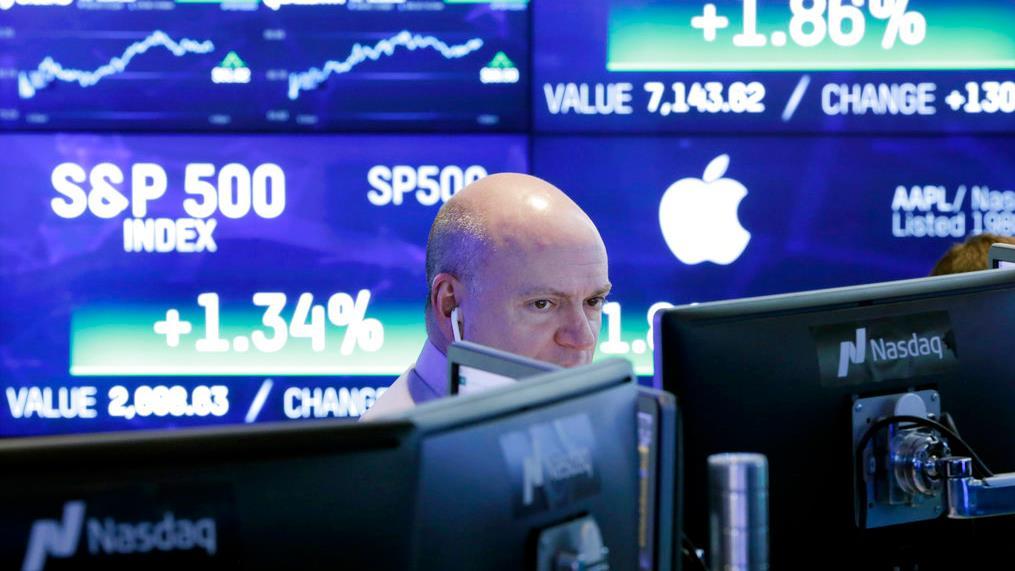Investors notch new record for stock buying
Investors just did something they’ve never done before: plowed a record $43.3 billion this week into stock funds, led by technology shares.
BofA Merrill Lynch Global Research, which tracks the fund flows, also notes that for the first time since 2013 stock flows are outpacing bonds. If the momentum continues, stocks may attract $717 billion in new money for the year.
“If there was a driving factor, without a doubt, it is bond yields peaking,” Michael Hartnett, chief investment strategist at BofA Merrill Lynch Global Research, told FOX Business. The yield on the 10-year Treasury note is sitting at 2.85%, and if it maintains that level or drops lower, Hartnett said, that’s a win for stocks. “There is no real alternative,” he said.
As Wall Street buyers came out, President Donald Trump named Larry Kudlow, the supply-side, conservative economist, as his National Economic Council director, replacing former Goldman Sachs executive Gary Cohn.
The early buzz around Kudlow is bullish. The former adviser to President Ronald Reagan is known to favor small government and low taxes. There is already speculation he will help orchestrate more tax cuts. Trump hinted as much earlier this week.
“We’re actually going for a phase two, which will help, in addition to the middle class, will help companies, and it’s going to be something, I think, very special,” Trump said during a roundtable at a Boeing facility in St. Louis on Wednesday.
FOX Business reports phase two may include making some of the new tax cuts permanent and bringing the 21% corporate tax rate even lower.
The surge in stock buying this week is also notable because it signals investors may be taking advantage of the sell-off that began in late January that began in late January. In February, the Dow Jones Industrial Average saw two of its biggest point drops in history. On Feb. 9, it fell 1,175 points and then entered correction territory with a 1,032-point decline on Thursday that same week.
The Dow, which briefly crossed back above the 25,000 level on Friday before pulling back, is still about 1,200 points away from regaining the January high.
While it is impossible to predict the duration of a correction, our partners at the WSJ Markets Data Group note the last five corrections for the S&P 500, the broadest measure of stocks, have lasted an average of 37 trading days. We are 26 days into the current one that began Feb. 8.
Source: WSJ Markets Data Group
Next week the equity markets could see more choppiness as the Federal Reserve holds its two-day meeting, with a decision on interest rates announced Wednesday at 2pm ET. Fed Chairman Jerome Powell will also make his first debut in front of reporters leading the Fed’s press conference where he will take questions.
Policymakers have indicated they’ll raise interest rates three times this year with one of those expected next week according to the CME Fed Watch tool.




















